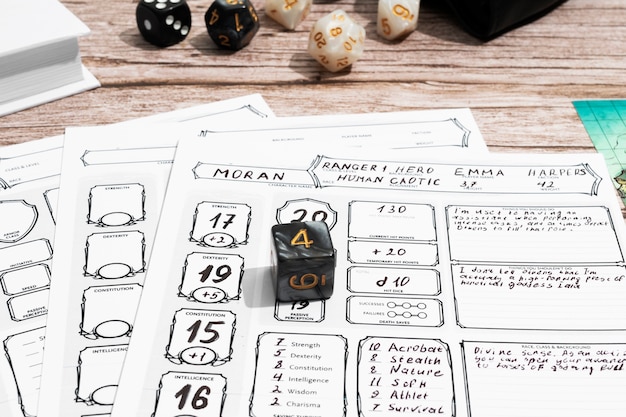Anúncios
As I sat down to dive into the exhilarating world of the NFL draft, I couldn’t help but ponder the immense weight that the first pick carries. It’s more than just a selection; it’s a defining moment that can catapult a franchise into a new era or hinder its progress for years. Strategically maneuvering through the complexities of this crucial choice can be the difference between mediocrity and championship glory.
In this pivotal instance, teams face a labyrinth of considerations—player potential, team needs, and even marketability come rushing to the forefront. The allure of a franchise-altering player often clouds judgment, making the first pick draft game both thrilling and fraught with risk. Join me as we explore how to navigate this high-stakes environment, ensuring your team’s future is brighter than ever.
Anúncios
Understanding the NFL Draft Process
The NFL Draft is a crucial event in professional football, where teams select eligible college players to join their ranks. It operates on a multi-round system, typically spanning seven rounds, that allows teams to build their rosters strategically. The selection order is primarily determined by the previous season’s performance, with the teams that finished with the worst records obtaining the earlier picks—a system designed to promote competitive balance.
Among these selections, the first pick holds exceptional significance. This choice not only represents the potential of acquiring a franchise-altering talent but is also a statement of intent. Teams use this opportunity to address pressing needs or invest in high-impact players, setting the tone for their upcoming season. The selection can create ripples across the league, influencing trades, predictions, and overall team strategies.
Analyzing Top Candidates for the First Pick
Strategic Considerations for Teams

Anúncios
Inspiring Wisdom in Strategy
“In any field, if you want to be successful, you have to be willing to take risks.” – David Boudia
This quote resonates deeply within the context of NFL draft strategies. Just as Boudia emphasizes the importance of risk in achieving success, teams must navigate the uncertainty of drafting by weighing the potential rewards against the possible pitfalls. Understanding that each decision carries inherent risks can empower front offices to make bolder, yet calculated choices, ultimately shaping a more dynamic and successful team for the future.
Common Mistakes to Avoid in Draft Preparation
Frequently Asked Questions
Here are some essential questions that can enhance your understanding of draft preparation and improve your team’s strategy during the first pick draft game.
- What factors should teams consider when evaluating a player’s long-term potential?
- Teams should look at player statistics over several seasons, injury history, age, skill development trajectories, and their adaptability to different game styles.
- How can teams ensure their draft strategy aligns with organizational goals?
- Regular strategy meetings involving coaches, management, and scouts can help ensure everyone is on the same page regarding the team’s short-term and long-term objectives.
- What role do scouting reports play in the draft process?
- Comprehensive scouting reports offer detailed evaluations of players’ skills, strengths, weaknesses, and potential to fit within a team’s system, especially for less well-known prospects.
- How can teams avoid impulsive decisions during the draft?
- By establishing a clear draft board in advance and sticking to a predefined decision-making process, teams can reduce the likelihood of making haste-driven choices.
- What are some tools or methods teams can use for effective player evaluation?
- Teams can utilize advanced analytics, video analysis software, and combine performance metrics to get a multi-dimensional view of a player’s capabilities.
Case Studies of Successful First Picks
The NFL Draft is a critical juncture for franchises aiming to build competitive teams, and history has shown that successful first picks can reshape the trajectory of an organization. One iconic example is the Indianapolis Colts choosing Peyton Manning as the first overall pick in 1998. Manning’s arrival not only elevated the team’s performance but also transformed the franchise into a perennial playoff contender, culminating in a Super Bowl victory.
Another noteworthy case is the 2018 draft, where the Cleveland Browns selected Baker Mayfield first overall. Although his tenure has been tumultuous, he brought newfound hope and competitiveness to a long-struggling franchise, culminating in their first playoff appearance in nearly two decades.
Similarly, the 2021 draft saw Trevor Lawrence chosen by the Jacksonville Jaguars. As a generational talent, his selection was pivotal in starting a cultural shift within the team. His strong leadership and on-field abilities have injected optimism into the franchise, signaling a potential return to prominence.
These examples illustrate that the impact of first picks reaches far beyond individual performance; they can energize fan bases, attract new talent, and ultimately lead to a winning culture. Franchises that skillfully navigate the first pick draft game can lay the foundation for long-term success.
Explore the Strategies Behind NFL Draft Success
Understanding the intricacies of the NFL Draft process can reveal how teams leverage their first picks for long-term success: ESPN – NFL Draft.